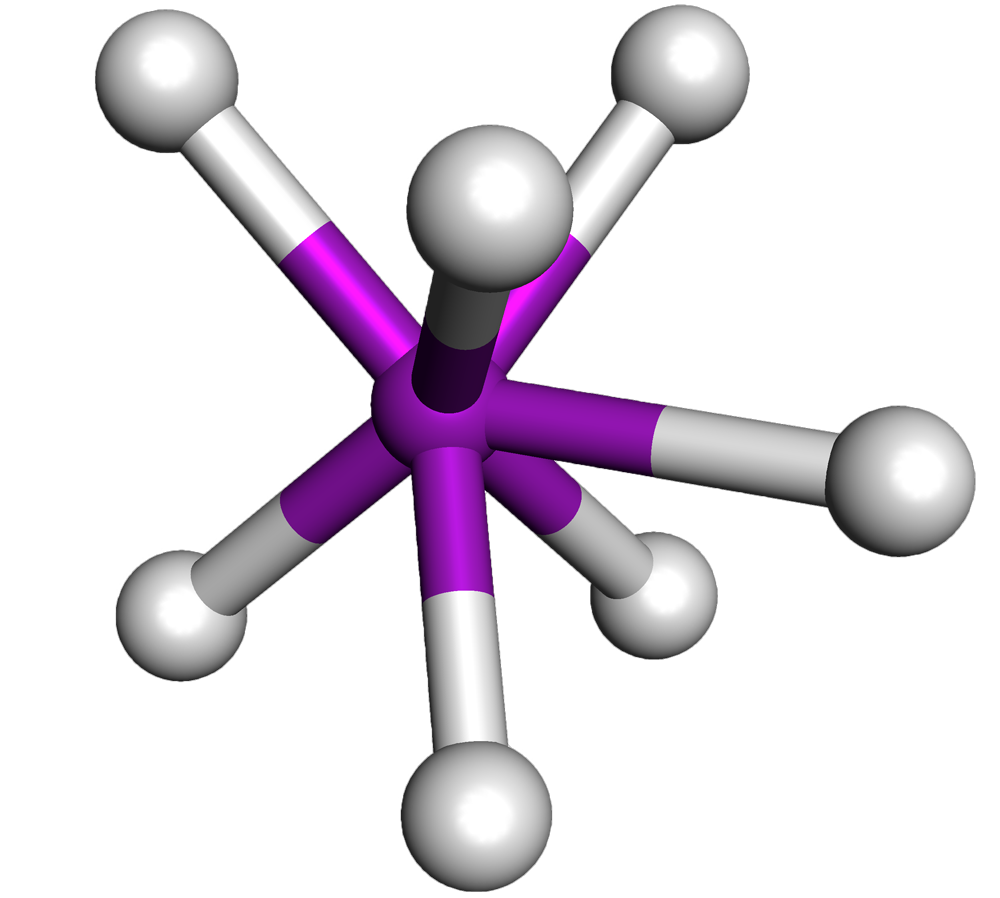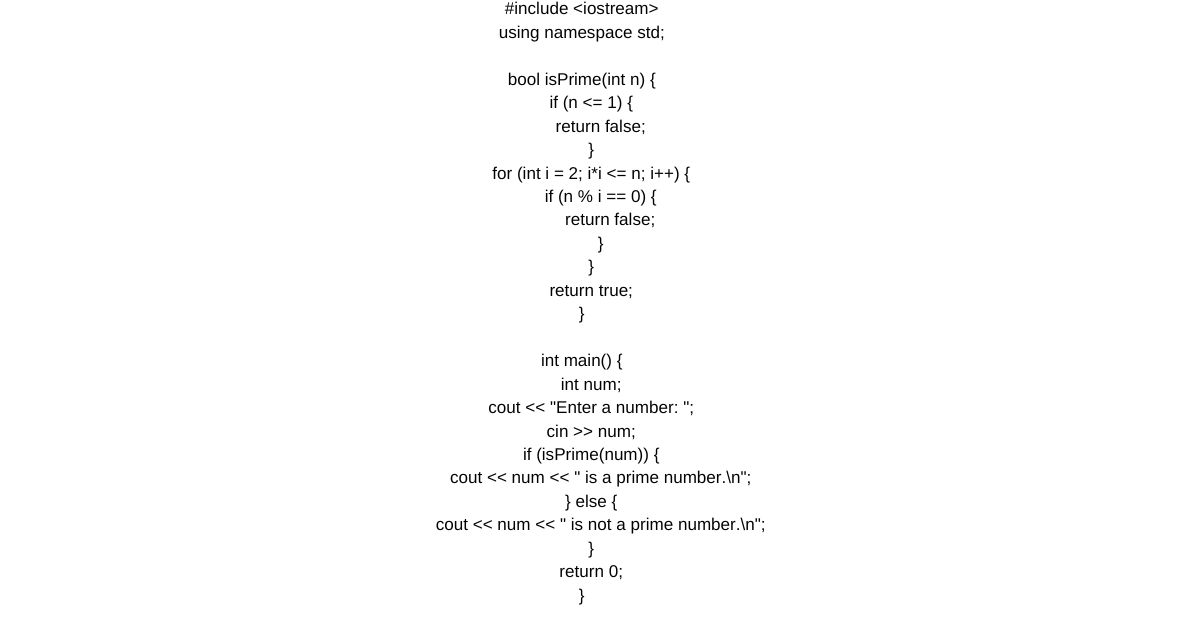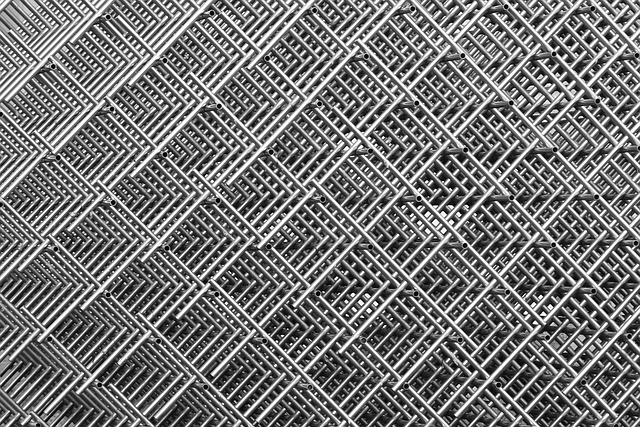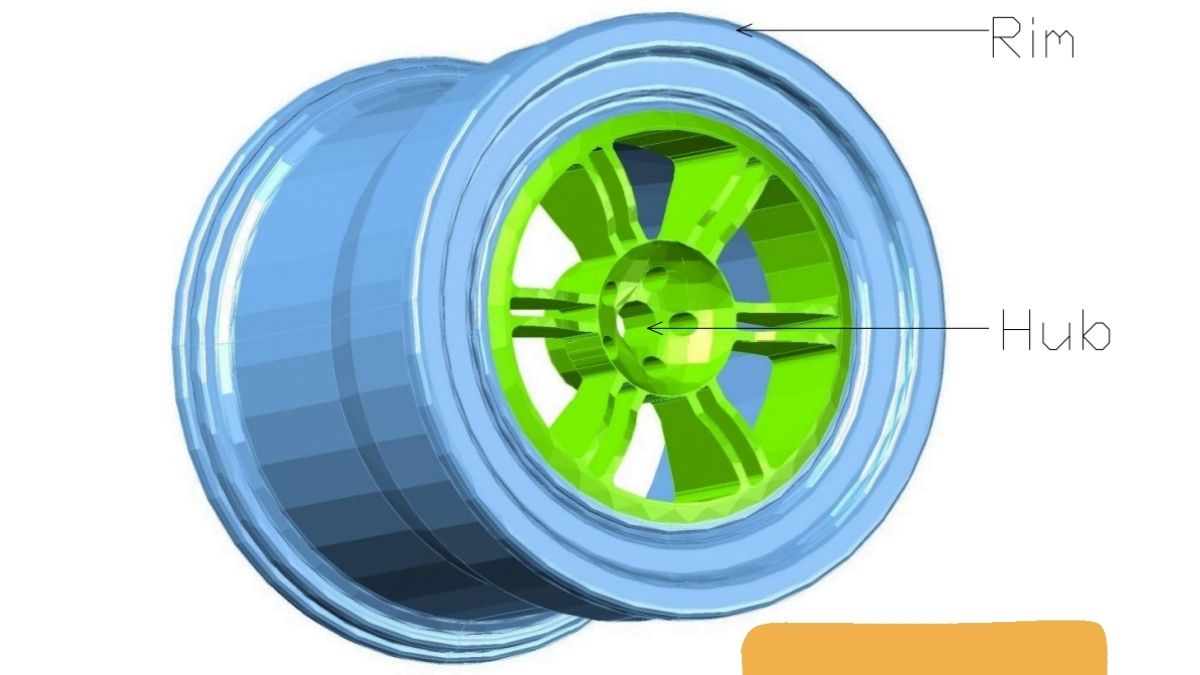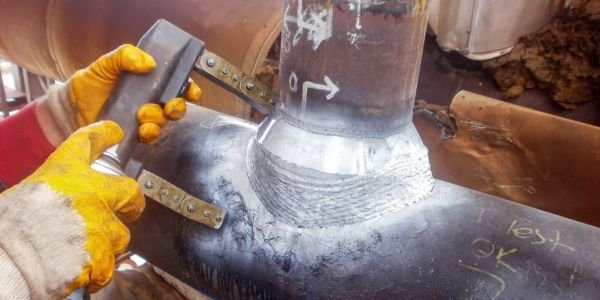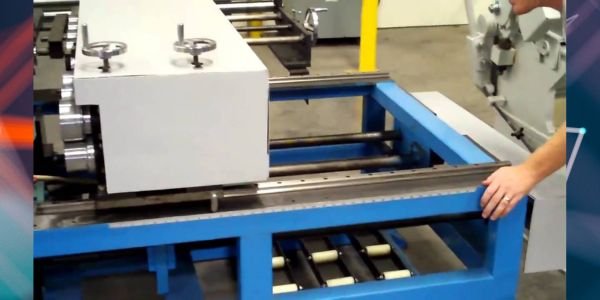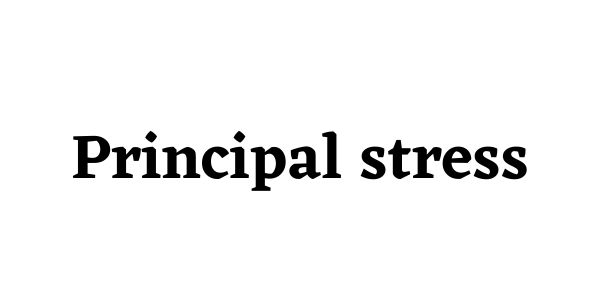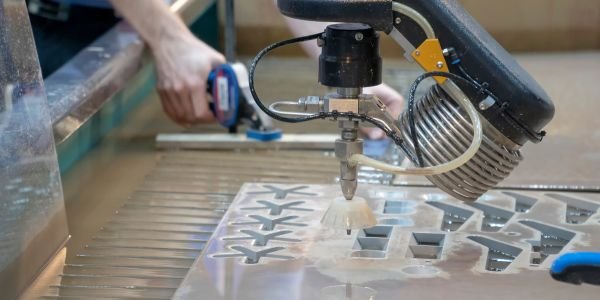Table of Contents
Introduction:
PLA filament is a popular 3D printing material that is known for its versatility, ease of use, and eco-friendliness. It is made from renewable resources such as corn starch, sugarcane, or tapioca roots, and is biodegradable, making it a sustainable alternative to traditional plastic materials.
What is PLA Filament?
PLA (polylactic acid) is a biodegradable thermoplastic polymer that is made from natural resources such as corn starch, sugarcane, or tapioca roots. It is a popular material for 3D printing due to its ease of use, versatility, and environmentally friendly nature.
PLA filament is the spool of plastic material that is used in Fused Deposition Modeling (FDM) 3D printing, which is the most common 3D printing technology used today. PLA filament is available in a variety of colors and can be used to create 3D-printed objects of almost any shape or size.
How is PLA Filament Made?
PLA filament is made from a process called polymerization. In this process, natural sugars such as corn starch or sugarcane are fermented to produce lactic acid, which is then purified and polymerized to create long chains of PLA molecules.
The PLA pellets are then melted and extruded into thin filaments, which are then wound onto spools. The spools are then sold to 3D printing enthusiasts who use them in their 3D printers.
Properties of PLA Filament
PLA filament is a versatile material that is easy to use and offers many benefits. Here are some of the key properties of PLA filament:
1. Biodegradable: PLA filament is biodegradable, which means that it can be broken down by bacteria and other natural processes. This makes it a sustainable alternative to traditional plastic materials that can take hundreds of years to decompose.
2. Easy to use: PLA filament is easy to use and does not require a heated bed to print. It also has a low melting point, which means that it can be printed at lower temperatures than other materials.
3. Strong and Durable: PLA filament is a strong and durable material that can withstand a range of temperatures and environmental conditions.
4. Versatile: PLA filament is available in a wide range of colors and can be used to create 3D-printed objects of almost any shape or size.

How is PLA Filament Used in 3D Printing?
PLA filament is used in Fused Deposition Modeling (FDM) 3D printing, which is the most common 3D printing technology used today. In FDM 3D printing, the 3D printer extrudes thin layers of PLA filament onto a build plate, building up the object layer by layer.
To use PLA filament in 3D printing, you will need a 3D printer that is compatible with PLA filament, a spool of PLA filament, and 3D modeling software to create your 3D design.
Once you have your 3D design, you can import it into your 3D printing software and prepare it for printing. This involves adjusting the settings such as the layer height, print speed, and temperature, to ensure that the final print is of high quality.
Once you have prepared your design, you can load the PLA filament into your 3D printer and start the printing process. The 3D printer will extrude the PLA filament onto the build plate, building up your design layer by layer.
Types of PLA Filament
There are several types of PLA filament available on the market, each with its unique characteristics. Some of the most common types of PLA filament are:
1. Standard PLA Filament – This type of PLA filament is the most common and widely used. It is easy to use, has a low melting point, and produces high-quality prints.
2. High-Strength PLA Filament – This type of PLA filament has a higher tensile strength than standard PLA filament. It is ideal for creating strong and durable parts.
3. Flexible PLA Filament – This type of PLA filament is flexible and bendable, making it ideal for creating objects that need to be flexible.
4. Color-Changing PLA Filament – This type of PLA filament changes color when exposed to different temperatures. It is ideal for creating objects with color-changing effects.
Advantages of PLA Filament
1. Biodegradable – PLA filament is made from renewable resources, making it biodegradable and environmentally friendly.
2. Low Toxicity – PLA filament has low toxicity levels, making it safe to use.
3. Easy to Use – PLA filament is easy to use and requires minimal setup.
4. Low Cost – PLA filament is one of the most affordable 3D printing materials available on the market.
Disadvantages of PLA Filament
1. Brittle – PLA filament is relatively brittle compared to other materials, making it less durable.
2. Low Heat Resistance – PLA filament has a low melting point, making it unsuitable for creating parts that are exposed to high temperatures.
3. Limited Flexibility – PLA filament is not as flexible as other materials, making it unsuitable for creating objects that need to be flexible.
Applications of PLA Filament
1. Toys and Games – PLA filament is an excellent material for creating toys and games due to its low toxicity and ease of use.
2. Prototyping – PLA filament is ideal for prototyping due to its low cost and ease of use.
3. Decorative Objects – PLA filament is ideal for creating decorative objects due to its ease of use and low cost.
Also, read Laser Engraver


